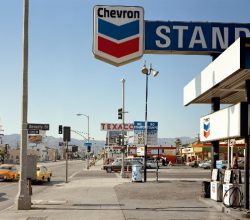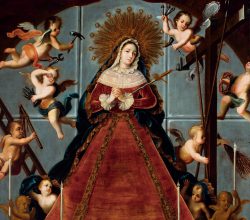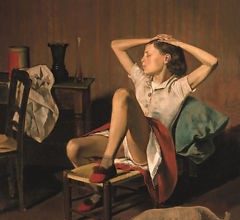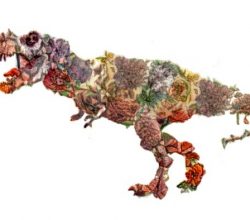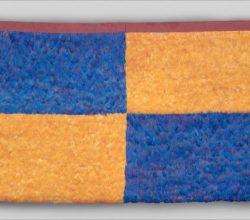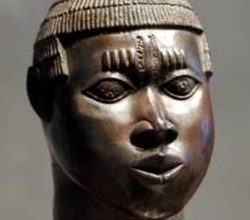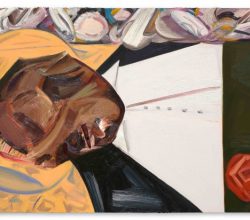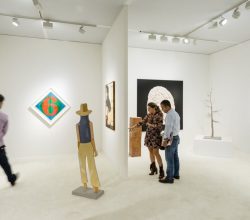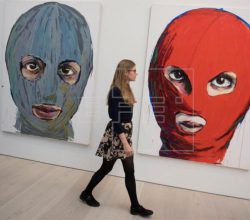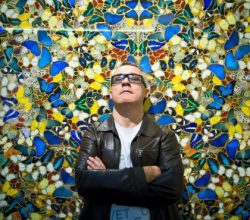
Holidays
19th December 2017
This is the last regular issue of The Easel for 2017. Next week, and the week after, the newsletter will highlight the most popular stories of the year, as indicated by your reading patterns, dear readers. There will then be a break of two weeks before The Easel resumes on Tuesday January 23.
Many thanks for your interest over the last year. 2018 promises to be better yet!
Season’s greetings to all.
Andrew

